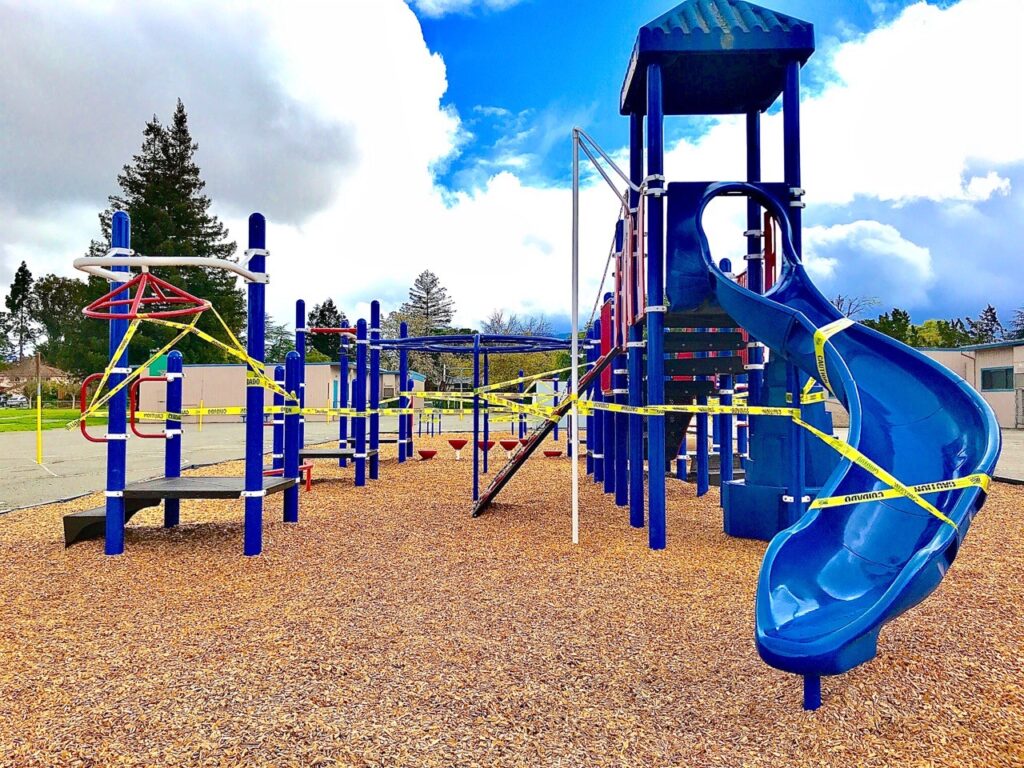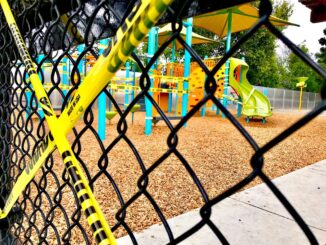
In an influenza pandemic, households are the most likely to transmit the virus (40%), followed by school and work combined (30%), and last thru other contact settings (less than 30%). (Epidemics, 2019)
That’s why the quarantine of households and communities is critical to curb a pandemic. It is most effective if used with other non-pharmaceutical interventions like school closures, business stoppage, work from home, banned mass gatherings, border control, limited travel, and social distancing.
The danger of COVID-19 is that a person can be infected but not know it because he doesn’t show any symptoms. As early as January 10, 2020, the first identified asymptomatic carrier in Wuhan was a 20-year-old woman who travelled to Anyang and infected five relatives ages 42-57. She was isolated and tested negative. All her test results were normal. She had no fever and she did not sneeze nor cough. (JAMA, 2020)
It is estimated that half of the world will be infected with COVID-19. But we can’t test everyone. Even if we can, there are false negative results that can give us a false sense of safety since an asymptomatic SARS CoV-2 carrier can continue to move around the community infecting many others for months.
“Estimates suggest that about 80% of people with COVID-19 have mild or asymptomatic disease, 14% have severe disease, and 6% are critically ill, implying that symptom-based control is unlikely to be sufficient unless these cases are only lightly infectious.” (Epidemics, 2019)
Stay home so you don’t infect or get infected
If we stay home, we save ourselves and our community in two ways. If we are healthy, we can avoid exposure to the SARS CoV-2 virus. If we are infected, we don’t transmit the virus to others. Either way, when we stay away from anyone else for at least 30 days, we break the chain of transmission.
If a family member is infected even if he doesn’t know it, his self-isolation prevents him from infecting others outside the home. The SARS CoV-2 virus incubation period is generally believed to be 5-14 days, but doctors in China say it is 0-24 days. One case took 40 days.
If a family member shows symptoms and gets sick, he can self-isolate until he recovers. That can take six days to six weeks, depending on the severity. But the cough can persist long after recovery and doctors don’t know if that cough can be contagious.
Surviving COVID-19 is not a guarantee that you’re no longer infectious. There are initial observations of Chinese patients who recovered and tested negative but their feces tested positive up to 49 days. Some patients who were released from the hospital later tested positive again after a week. Doctors don’t know if he remained contagious after his release from the hospital.
For non-survivors, the virus stays on the body until death. We don’t know if corpses are still contagious.
Kids can be asymptomatic
Since the onset of the disease, we’ve been led to believe that COVID-19 infects very few children (1%) and if they get sick, they exhibit mild symptoms and fully recover. That’s why we kept schools open until mid-March.
But that’s not accurate. Growing data now show that children do get infected and sick. Several minors have died.
Since January 10, 2020, a 10-year-old Wuhan boy tested positive for COVID-19 but showed no symptoms, while the rest of his family (ages 36-66) got sick. (Lancet, 2020)
In February, Chinese doctors observed 10 children from households with confirmed cases of COVID-19. All children tested positive but did not exhibit any symptoms. Two showed minor symptoms a few days later.
If children don’t have symptoms, we assume they are not infected. This can explain why children are largely unidentified as COVID-19 cases. If they don’t seem sick, we don’t take them to the doctor to be tested or treated. So they remain undetected and omitted from the number of confirmed cases.
Worse, asymptomatic kids are carriers of the SARS CoV-2 virus and can infect their family and community. But if we keep them out of school and keep them home, we can avoid further transmission.
Self-isolation and community quarantines stop the spread of infection. This lessens the burden on healthcare and helps flatten the epidemic curve.
Why don’t you go home?
But even if government mandates quarantine, many people don’t follow. This is dangerous because we don’t know who is carrying the SARS CoV-2 virus.
In the US, some defied the ban on mass gatherings: churches held weekly congregations; families celebrated birthdays; commuters rode in packed buses; people picnicked in parks; and teens partied on beaches. It got so bad that the police had to disperse the crowd, change the church locks, and close parking lots to the parks and beaches.
Pandemics can be prevented when people stay home. With the deadly threat of COVID-19, why would anyone refuse to stay home?
Studies find that compliance depends on many factors, with risk perception as a strong predictor of preventive health behavior.
“Surveys conducted in the United States and Australia during the 2009 pandemic showed that more than 80% of people were willing to stay home from work or school, while 53–76% of people were willing to self-isolate.” (MDPI, 2019) https://www.mdpi.com/1660-4601/17/1/197/htm
If you think you’re at risk for COVID-19, you follow safety orders.
So when initial data revealed that the elderly were most vulnerable to infection, they were the first to self-isolate. Older ages are more cautious and more compliant with government measures.
Households with a family member with chronic disease were more willing to self-isolate because they have more medical knowledge and understand the dangers of a pandemic.
Married people are physically and mentally healthier than the unmarried and are more likely to take protective actions.
Majority of working adults don’t want to risk their livelihood and families by getting sick, so they follow work from home orders.

Who’s less likely to self-isolate?
Risky behaviors are often exhibited by the younger ages, single, those who live alone, and those who live with others who are single or healthy.
“People with less education receive less information about pandemics than people with higher education, which indicates that less educated groups are less likely to understand the importance of SI.” (MDPI, 2019)
Self-isolation also depends on socioeconomic status. If you have more income, you can live comfortably in isolation. You can afford: to stock up on a month’s worth of food and supplies; internet and a computer that allow you to work from home and communicate with others; cable and electronics for entertainment; a credit card for expenditures; and a bank account for salary deposit. You don’t need to go out much. Lower income households don’t have these conveniences and may be compelled to go out often for necessities like food and money.
Also, males who cannot work from home are less willing to self-isolate. Daily wage earners must endure the risk of infection to feed their families. So do essential workers in health, utilities, police, military, media, government, food, and agriculture who have to work onsite.
Even if they want to, caregivers of children, elderly, and disabled cannotstay home. “These people likely need to provide for the people in their family who need special care, and they have little chance to self-isolate.”
A person’s perception of the epidemic in the community dictates his compliance with quarantine. If he thinks many people are infected, he’s more willing to self-isolate. That’s why public bulletins are important to keep residents abreast of confirmed cases and deaths.
“Risk perceptions influence individual protective behaviors but paradoxically, how people perceive risk is not necessarily correlated with the actual risk.” (Lancet, 2020)
What governments can do
Governments need to understand what drives behavior and what affects it because we need rapid and widespread changes in public health behavior to curb a pandemic. But first, governments need to be trustworthy.
“A higher degree of government trust promotes people’s willingness to self-isolate.” (MDPI, 2019)
“Evidence shows that a perceived lack of consistency, competence, fairness, objectivity, empathy, or sincerity in crisis response in the public could lead to distrust and fear.” (Lancet, 2020)
To gain full cooperation, governments should clearly inform residents of the pandemic risks and the preventive measures they should follow. Communication should be honest, open, and accessible, with the help of media and publicity. We need to understand what we’re fighting.
Residents and communities should be trained to raise their self-efficacy, their belief that they can take action and make choices to protect themselves and fight this disease. We can’t just rely on the government and doctors who are overburdened in dealing with this pandemic. Everyone should do their part to defeat it.
“Individual behaviour will be crucial to control the spread of COVID-19.” (Lancet, 2020)
@IvyDigest on FB & IG

